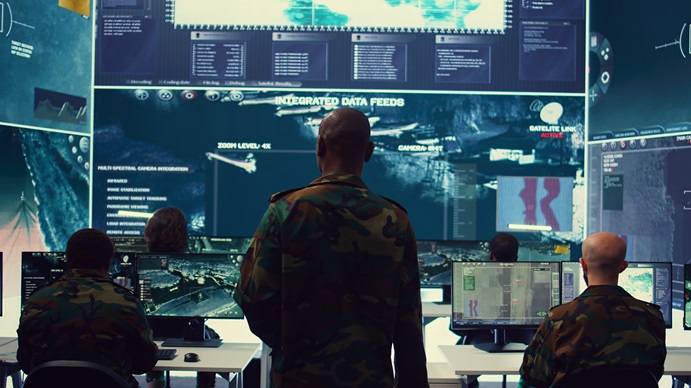In the world of cybersecurity, one of the most insidious threats organizations face is the command and control (C&C or C2) attack. This type of attack involves cybercriminals establishing a covert communication channel with compromised systems within a network, allowing them to issue commands, steal data, and cause widespread damage. Understanding what a command and control attack entails, how it occurs, and the measures needed to prevent it is crucial for maintaining a secure digital environment.
What is a Command and Control Attack?
A command and control attack is a cyber intrusion where an attacker gains control over compromised systems within a network through a centralized server or infrastructure. Once control is established, the attacker can execute commands, exfiltrate sensitive data, spread malware, and conduct various malicious activities. C2 infrastructure can range from simple communication channels to sophisticated networks of compromised devices, known as botnets.
How Command and Control Attacks Happen
Command and control attacks typically unfold through several stages:
1. Initial Compromise: Attackers first gain access to the target network by exploiting vulnerabilities, using phishing emails, or deploying malware.
2. Establishment of C2 Infrastructure: Once inside, the attacker installs C2 software or malware that communicates with an external server controlled by the attacker.
3. Persistence: The attacker ensures their presence within the network by deploying backdoors and other persistence mechanisms to maintain access even if detected.
4. Communication: The compromised systems communicate with the C2 server to receive commands and transmit data. This communication can occur via various protocols, including HTTP, HTTPS, DNS, and custom protocols.
5. Execution of Commands: The attacker can now remotely control the compromised systems, execute commands, exfiltrate data, and expand their control within the network.
Real Case Study: The SolarWinds Attack
One of the most notable command and control attacks in recent history is the SolarWinds attack, discovered in December 2020. Attackers, believed to be associated with a nation-state, compromised SolarWinds’ Orion software updates to distribute a backdoor named Sunburst. This backdoor communicated with C2 servers to receive commands and exfiltrate data from high-profile targets, including government agencies and Fortune 500 companies.
The SolarWinds attack demonstrated the devastating potential of C2 attacks, with attackers maintaining a stealthy presence in networks for months before detection. The sophisticated nature of the attack and its extensive impact underscored the critical need for advanced cybersecurity measures.
How to Prevent Command and Control Attacks
Preventing command and control attacks requires a multi-layered approach to security:
1. Network Segmentation: Isolate critical systems and data to limit the movement of attackers within the network.
2. Advanced Threat Detection: Employ advanced threat detection tools to identify and respond to suspicious activities indicative of C2 communications.
3. Regular Patching and Updates: Ensure all software and systems are regularly updated to close vulnerabilities that attackers might exploit.
4. Strong Access Controls: Implement strict access controls and least privilege policies to minimize the potential impact of compromised accounts.
5. Continuous Monitoring: Monitor network traffic for unusual patterns that may indicate C2 communications.
6. Employee Training: Educate employees about phishing and social engineering attacks to reduce the risk of initial compromise.
Terrabyte: Your Solution to Combat Command and Control Attacks
Terrabyte offers a comprehensive suite of cybersecurity services designed to protect your organization from command and control attacks. Our solutions include advanced threat detection, continuous monitoring, and expert incident response to ensure your network remains secure.
Terrabyte’s offerings include:
– AI-Driven Threat Detection: Real-time monitoring to identify and respond to C2 communications and suspicious activities.
– Network Segmentation Strategies: Implementing best practices for network segmentation to limit attacker movement.
– Regular Security Audits: Conducting thorough security audits to identify and mitigate vulnerabilities.
– Incident Response Planning: Developing and regularly updating incident response plans to ensure quick and effective action when a C2 attack is detected.
– Employee Training Programs: Educating your team on the latest cyber threats and best practices for maintaining security.
By partnering with Terrabyte, you can fortify your defenses against command and control attacks and ensure the integrity and security of your network.
Conclusion
Command and control attacks represent a significant threat in the cybersecurity landscape due to their stealth and persistence. Understanding how these attacks occur and implementing robust preventive measures is essential for any organization. Terrabyte stands ready to provide the necessary tools and expertise to defend against these formidable cyber threats.
For more information on how Terrabyte can help secure your organization, contact us now
